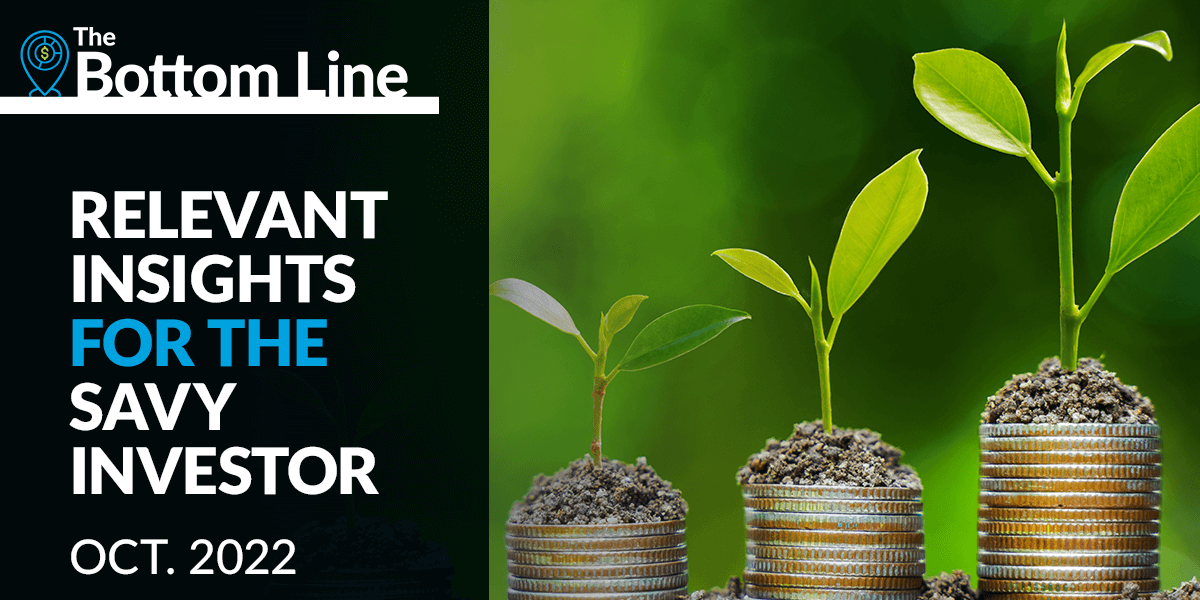

A Determined Fed September 2022
Since Federal Reserve Chair Jerome Powell’s speech at Jackson Hole in late August, there has been a full slate of other Fed policymakers telling the same hawkish story: The Fed will do what it takes to get inflation down even if it triggers a recession. The Fed’s tool is to raise short-term interest rates until inflation falls. So the market question is, how much Fed action is needed to slow the economy enough to drop inflationary pressures? More importantly, how steep of a trajectory will the Fed take with interest rate increases, and at what level will they stop? Fortunately for the Fed, there is already a reduction in the pace of economic growth. Consumer spending, which is 70% of gross domestic product (GDP), has slowed to the pre-pandemic pace following the federal stimulus-induced spending binge (chart 1).

The reduction in spending has been driven by a decline in real disposable income (money a household has to spend or save after paying taxes and adjusting for inflation) and returning to a sustainable trend (chart 2).

Also, the housing sector is quickly responding to the Fed-induced higher mortgage rates with the rate of growth of home prices and rentals beginning to slow (chart 3).

As for inflation, the focus is changing. Throughout most of the recovery, inflationary pressures had come from the purchase of goods, as Americans were stuck at home and bought items to amuse themselves. That surge in demand met with limited supply due to the pandemic, so prices escalated. Now consumers are shifting their spending back toward services, like it was before the pandemic (have you heard anyone boast about their recent purchase of a Peloton?). So, with reduced demand, goods inflation is starting to decline and will probably continue to decline due to price elasticity (chart 4).

Service inflation is the new concern for the Fed. A significant part of the cost of services is the underlying labor needed to provide the service. With the enormous imbalance between demand for labor and the supply of labor, there are now two jobs available for every person looking for a job. That is the highest the ratio has been, and the long-term average is just six-tenths of a job available for each person looking. This robust demand for labor has caused wages to move up significantly. Economists view wages as price inelastic; they don’t move up and down with demand – they are sticky. That makes it a tough fight for the Fed. They need to raise interest rates high enough to force a slowdown in demand that is severe enough to bring the labor imbalance back into balance. It is still too early to know how high the Fed will push up the federal funds rate to accomplish that goal, but it is safe to assume the will be far more aggressive than its current projections of another 125-150 basis points (bps).
MARKET TRENDS
After reversing much of the summer rally, equity markets remain volatile ahead of the Fed’s September 21 policy decision. Bottoming will be a process that could take some time to play out, and continued swings in sentiment are likely while investors gain greater clarity on rate hikes and inflation, and weigh their implications for the economy and corporate profits. We suspect downward earnings revisions in particular could be a catalyst for additional market declines ahead.
LABOR
Demand for labor remains intense. Wage growth remains strong (5.2% y-o-y), a concern for the Fed’s fight against inflation.1
THE FED
Fed policymakers are telling a very hawkish story; the Fed will do what it takes to get inflation down even if it triggers a recession.2
HOUSING
Mortgage rates are about 3.0 percentage points above the rate of a year ago, which has caused demand to decline. Existing home sales have fallen for six straight months.3
TRADE BALANCE
After a record deficit of $107 billion in March, it has narrowed sharply to $71 billion, as logistical snags have unraveled and demand for goods has fallen.4
INFLATION
Inflationary pressures are stickier than the Fed and the market previously thought, putting pressure on the Fed to raise interest rates higher.5
GASOLINE
After hitting a peak in mid-June, gasoline prices fell 63 cents in July and another 38 cents in August.6
Sources
1. Bureau of Labor Statistics
2. The Federal Reserve
3. National Association of Realtors, Bankrate.com
4. U.S. Census Bureau
5. Bureau of Labor Statistics
6. American Automobile Association
Index Definitions
CPI: The Consumer Price Index (CPI) is a measure that e xamines the weighted average of prices of a bask et of consumer goods and services, such as transportation, food and medical care.
Important Disclosures
The information presented does not involve the rendering of personalized investment, financial, legal, or tax advice. This presentation is not an offer to buy or sell, or a solicitation of any offer to buy or sell any of the securities mentioned herein.
Certain statements contained herein may constitute projections, forecasts and other forward-looking statements, which do not reflect actual results and are based primarily upon a hypothetical set of assumptions applied to certain historical financial information. Readers are cautioned that such forward-looking statements are not a guarantee of future results, involve risks and uncertainties, and actual results may differ materially from those statement. Certain information has been provided by third-party sources and, although believed to be reliable, it has not been independently verified and its accuracy or completeness cannot be guaranteed.
Past performance or performance based upon assumptions is no guarantee of future results.
Indices are unmanaged and one cannot invest directly in an index. Index returns do not reflect a deduction for fees or expenses.
Any opinions, projections, forecasts, and forward-looking statements presented herein are valid as on the date of this document and are subject to change. All investing is subject to risk, including the possible loss of the money you invest. As with any investment strategy, there is no guarantee that investment objectives will be met and investors may lose money. Diversification does not ensure a profit or protect against a loss in a declining market. Past performance is no guarantee of future performance.
This material is available to advisory and sub-advised clients, as well as financial professionals working with City National Rochdale, a registered investment adviser and a wholly-owned subsidiary of City National Bank. City National Bank provides investment management services through its sub-advisory relationship with City National Rochdale.
Investing in international markets carries risks, such as currency fluctuation, regulatory risks, and economic and polit-ical instability.
Investing involves risk, including the loss of principal.
As with any investment strategy, there is no guarantee that investment objectives will be met, and investors may lose money. Past performance is no guarantee of future performance.
As with any investment strategy, there is no guarantee that investment objectives will be met, and investors may lose money. Past performance is no guarantee of future performance.
Non-deposit investment products are not FDIC insured, are not bank guaranteed, and may lose value.
Non-deposit investment Products are: • not FDIC insured • not Bank guaranteed • may lose value
Stay Informed.
Get our Insights delivered straight to your inbox.
Explore More
-
 The Economy Is Growing but So Is the Risk of a Recession October 2022
The Economy Is Growing but So Is the Risk of a Recession October 2022 -
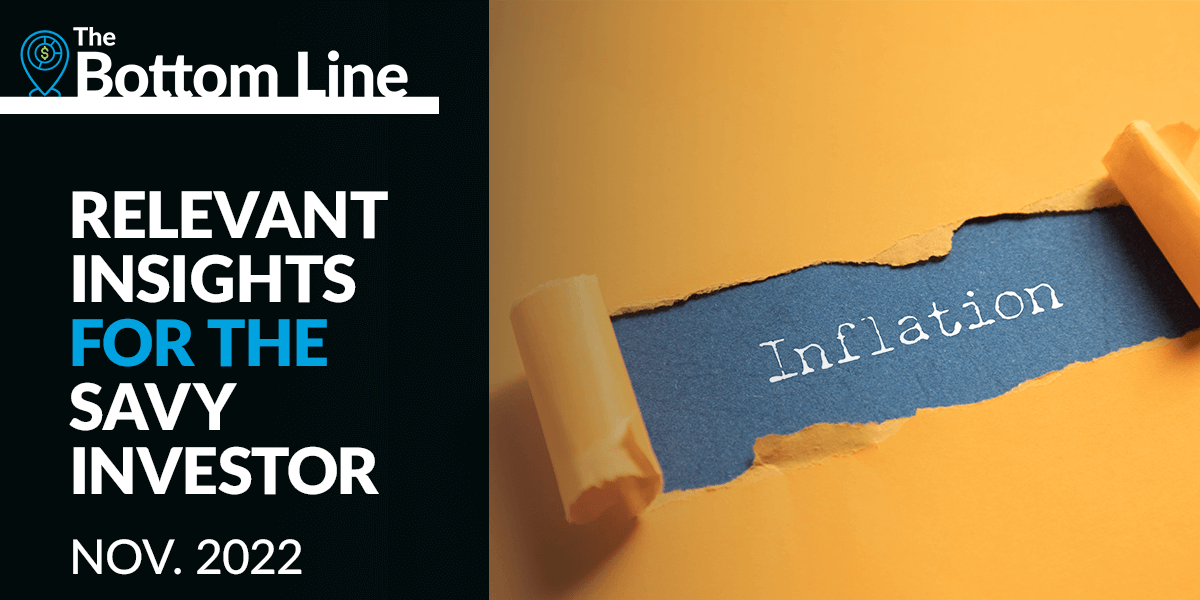 Economic Data Is Showing Slower Growth, But Inflation Is Still High November 2022
Economic Data Is Showing Slower Growth, But Inflation Is Still High November 2022 -
 A Slowdown in the Pace of Raising Rates, Not a Pivot
A Slowdown in the Pace of Raising Rates, Not a Pivot -
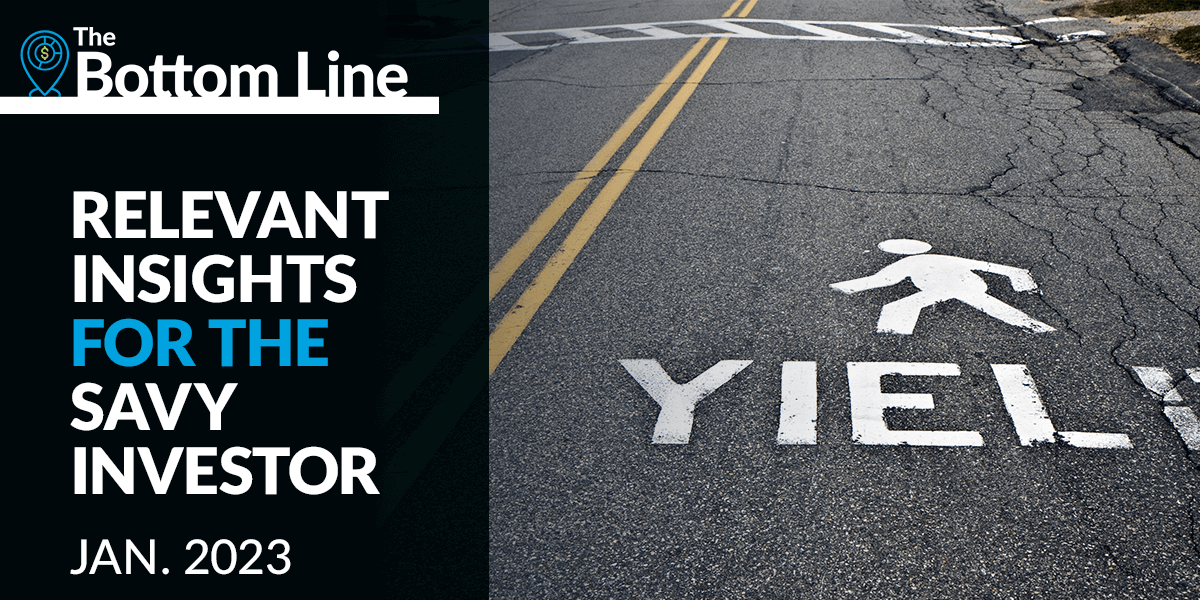 The Economic Slowdown Is Broadening
The Economic Slowdown Is Broadening -
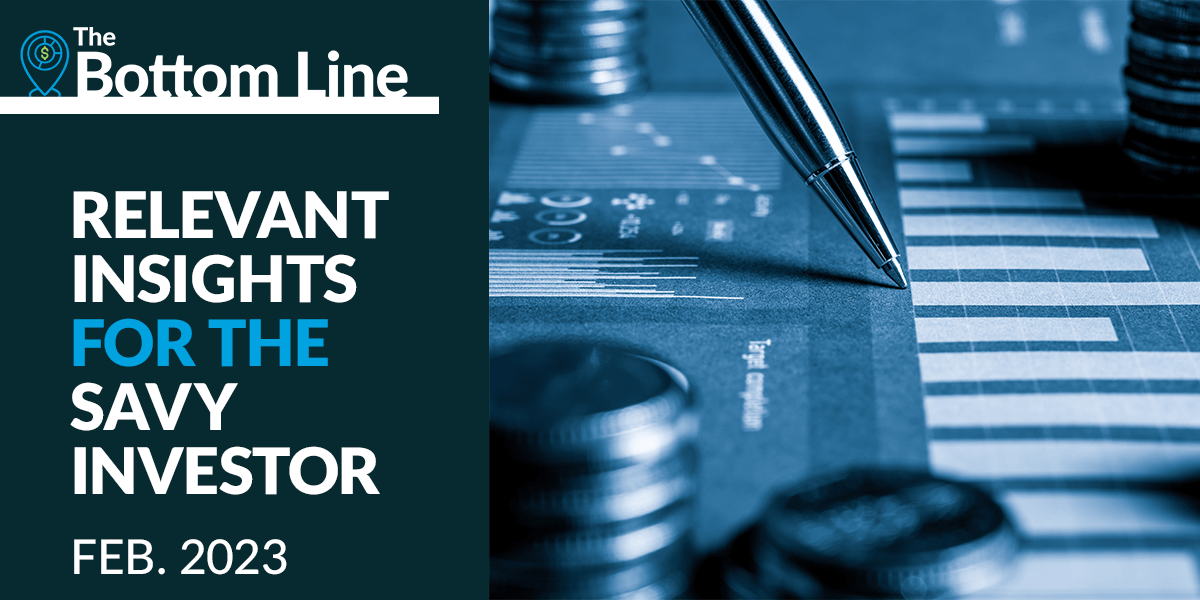 Economic Growth Is Resilient, and Inflation Remains Sticky
Economic Growth Is Resilient, and Inflation Remains Sticky -
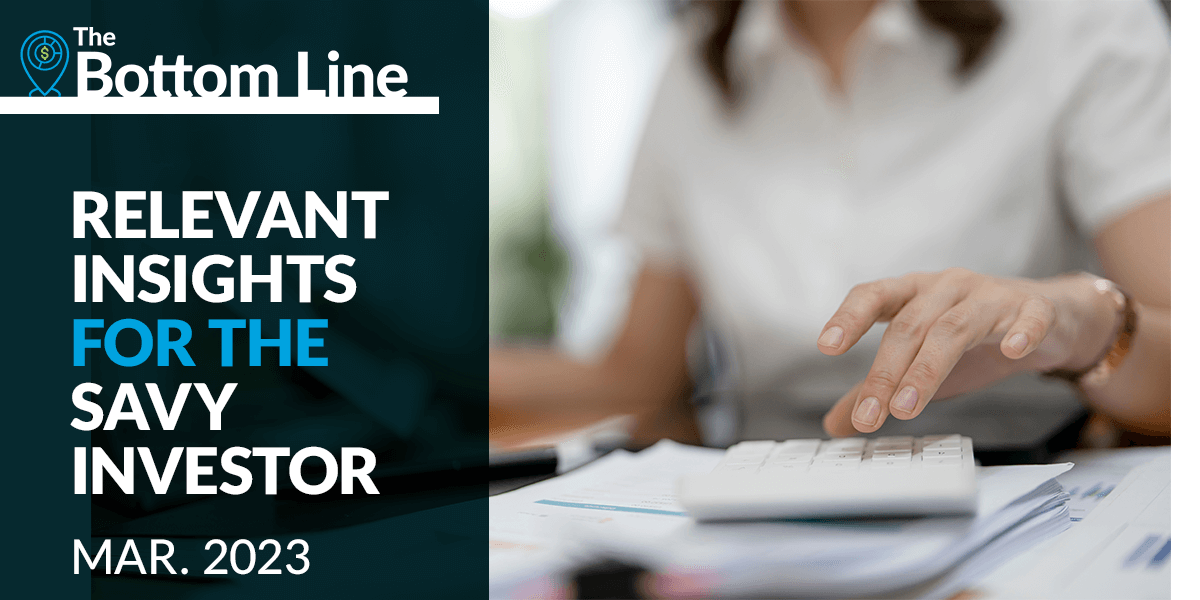 It’s Complicated
It’s Complicated
Put our insights to work for you.
If you have a client with more than $1 million in investable assets and want to find out about the benefits of our intelligently personalized portfolio management, speak with an investment consultant near you today.
If you’re a high-net-worth client who's interested in adding an experienced investment manager to your financial team, learn more about working with us here.